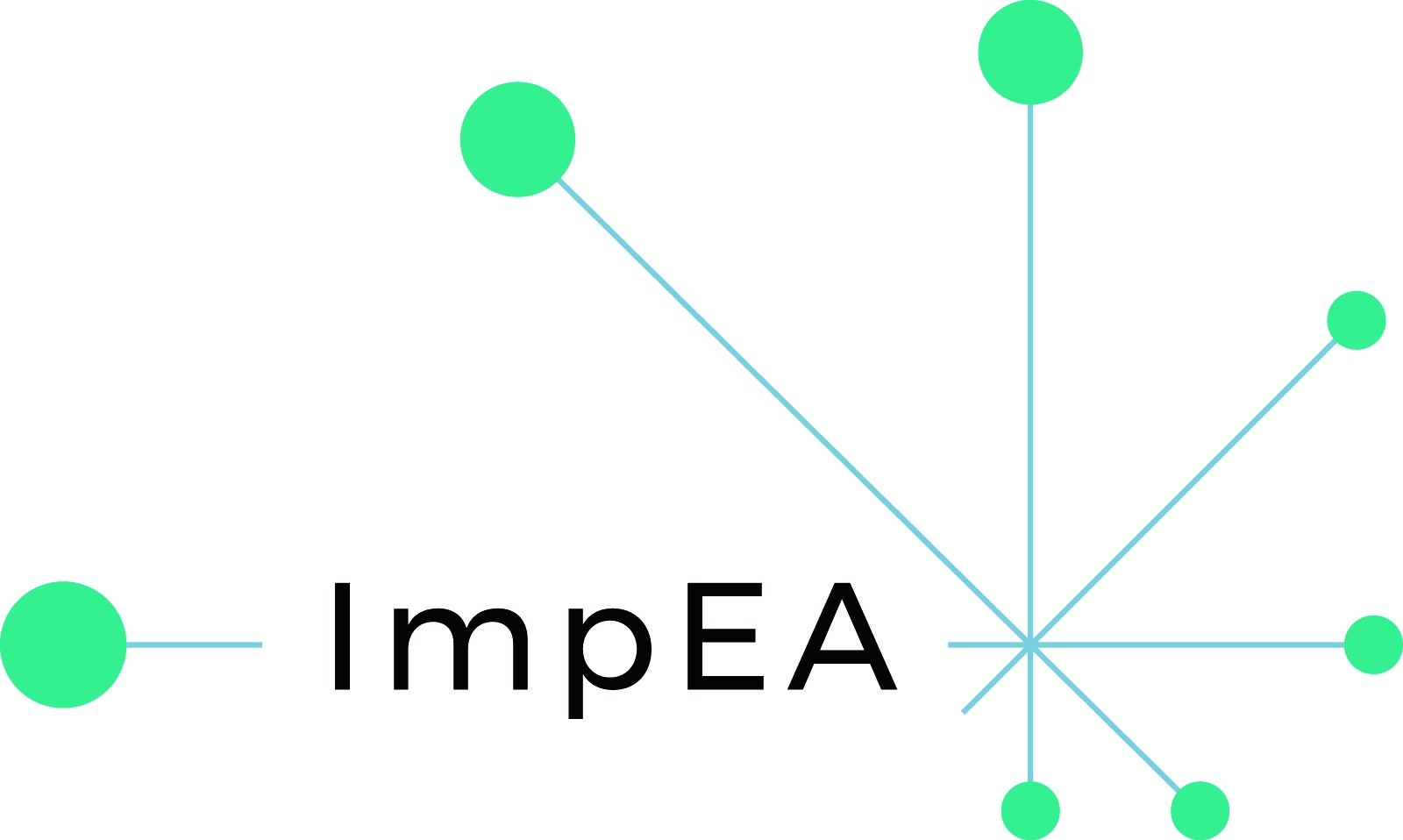Check other articles
1. Eligibility
2. Learning outcomes
3. Study programmes
4. Admission and recognition
5. Learning, teaching and assessment
6. Student support
7. Resources
8. Transparency and documentation
9. Quality assurance
1
Eligibility
1.1 Status
The institutions that offer a joint programme should be recognised as higher education institutions by the relevant authorities of their countries. Their respective national legal frameworks should enable them to participate in the joint programme and, if applicable, to award a joint degree. The institutions awarding the degree(s) should ensure that the degree(s) belong to the higher education degree systems of the countries in which they are based.
1.2 Joint design and delivery
The joint programme should be offered jointly, involving all cooperating institutions in the design and delivery of the programme.
1.3 Cooperation Agreement
The terms and conditions of the joint programme should be laid down in a cooperation agreement. The agreement should in particular cover the following issues:
- Denomination of the degree(s) awarded in the programme
- Coordination and responsibilities of the partners involved regarding management and financial organisation (including funding, sharing of costs and income etc.)
- Admission and selection procedures for students
- Mobility of students and teachers
- Examination regulations, student assessment methods, recognition of credits and degree awarding procedures in the consortium.

Explanation:
The Eligibility Standard focuses on three different areas.
1) Status: it might seem unusual, but in the international context of the assessment as well as the assessment panel, understanding which institution is understood as an institution of higher education or eligible to award a certain degree, cannot be taken for granted. Consequently, as part of the procedure it has to be confirmed that all participating institutions are recognized as higher education institutions in their respective contexts. The required documentation differs from country to country. Example could be the respective laws on higher education, Royal decrees, or ministerial confirmation letters. In some countries participation in joint degrees might also not be part of the regular framework, are the awarded degree might not be part of the usual variety of available degrees in a country. Consequently, evidence regarding the status of all institutions and their ability to take part in joint degrees has to be part of the self-evaluation report. Experience shows, that close cooperation between the coordinating institution and the coordinating agency is required in order to make sure that the relevant information is delivered in every individual case. Considering that usually review panels do not possess in-depth legal knowledge on all higher education systems that are part of the consortium, the question of status and degree awarding capacity should be addressed early on between the coordinating agency and the consortium.
2) Joint design and delivery
When considering this substandard, it should be explained, how the program was designed, and to which extend the different partners were involved in this process. Existing cases have shown, that different partners might be involved in different levels, at different times, or two different extent. However, it should become clear that already the design of the program was a joint activity. In continuation of joint design, the clear expectation of the European approach is also the joint delivery of the program. How are the different partners involved in putting the academic program into practice? Is the curriculum offered by different institutions of the consortium, are there different mobility tracks, or does the joint delivery include also teach or mobility or joint virtual/digital offers? The European approach does not prescribe a specific type of joint delivery, as the diversity of concerts usually leads to also a manifold variety of different approaches. However, the requirement for a joint delivery of a jointly designed program is also an important indicator towards the exclusion of programs that are not Joint Programmes in the sense of the European Approach but instead are programmes with well-integrated mobility offers sometimes even leading to more than one degree.

3) Cooperation Agreement: This substandard is very helpful, as it makes clear that a joint program is expected do you have terms and conditions that are well defined and laid down in a corporation agreement. It also provides five requirements for such an agreement which at the same time are very helpful talking points for consortia when developing a joint program. The agreement should be available for review of the panel in the final and signed version. It should be an annex to the self-evaluation report.
